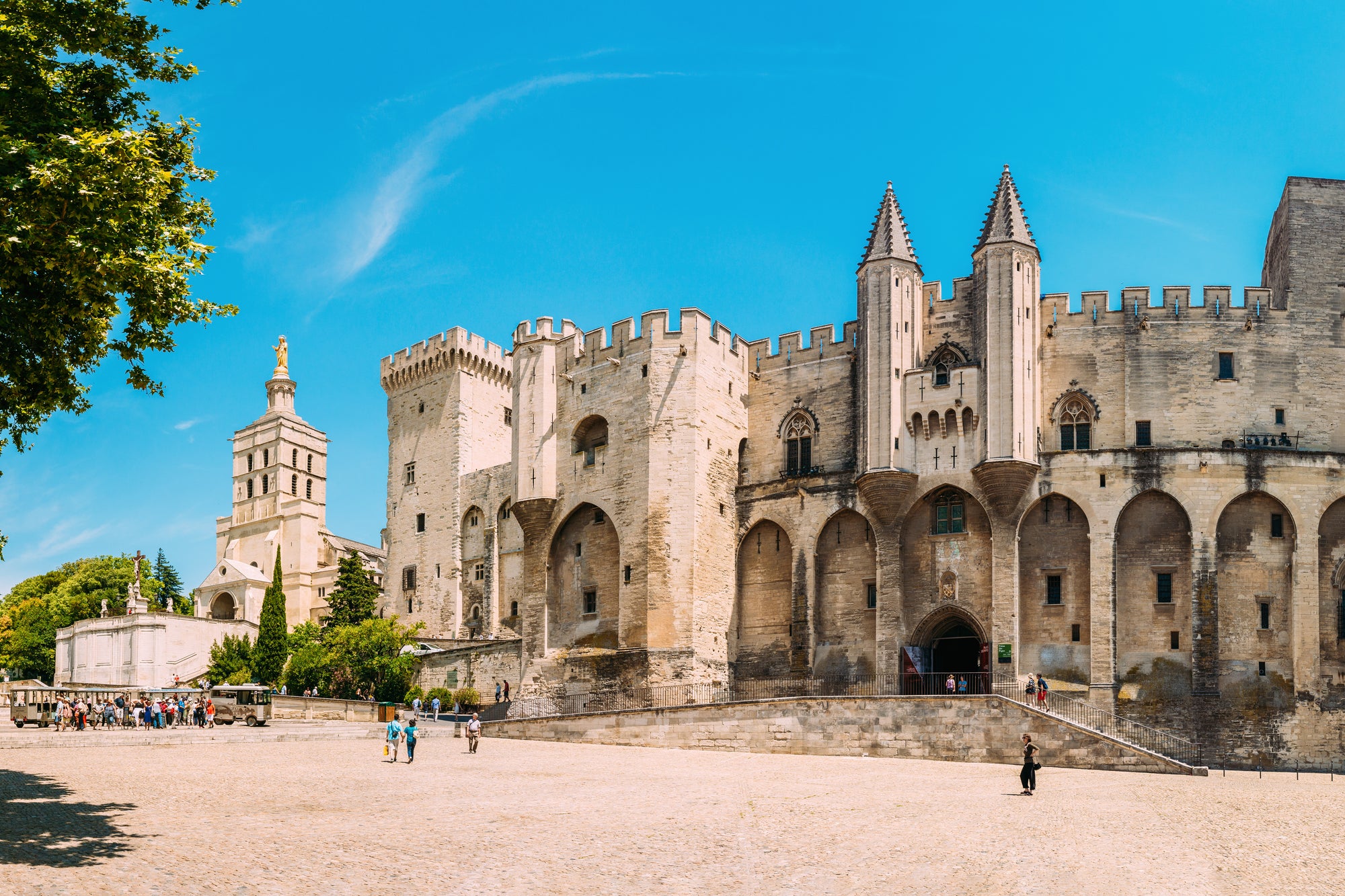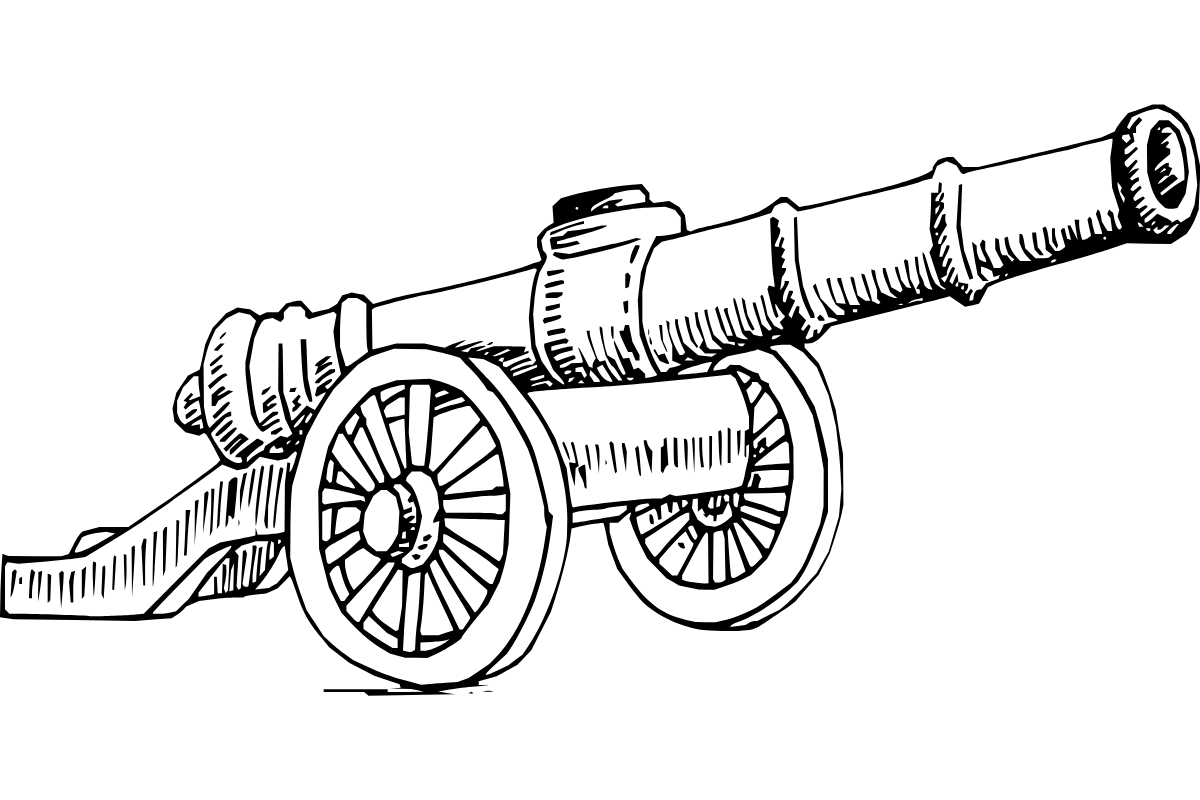
The Papal Palace in Avignon
In 1405, fed up with the Vatican’s double-dealing and intrigue, Pope Clement the fifth fled to France settling in Avignon. Not so far north he couldn’t continue to enjoy Mediterranean warmth – distant enough to establish a completely separate Court.
As befitted God’s representative on earth, a huge palace was built in Avignon – and a summer retreat in the cool of the hills in the village of Calcernier north of the city. And then of course there was the matter of the vineyards required to meet the papal thirst ……
Until Clement’s arrival most of the wine drunk locally came from Burgundy. By the time he died, the wines of Châteauneuf-du-Pape were famous and supplied 75% of local consumption.
Five centuries later Châteauneuf du Pape hit the headlines again. In the early 1900s, after the triple whammy of Downy Mildew, Phylloxera and Powdery Mildew had wiped out the vineyards, an unhappy combo of indiscriminate and hasty replanting led to a catastrophic drop in quality. Fraud and adulteration were rife. A small group of growers led by Baron Le Roy from Château Fortia decided to impose order and regulation on the chaos to restore the region’s good name.

Châteauneuf-du-Pape vineyard areas
They defined the vineyard area (described as being so dry only thyme and lavender could thrive), compiled a list of 13 permitted grapes and set the minimum alcohol level at 12.5% - to this day still the highest in France. Proposed in 1923, it amounted to the first attempt at Appellation Contrôlée and was finally granted in 1936.

The ruins today
Châteauneuf-du-Pape was named after the summer palace - the new Château. Bombed by the Germans in WW2, all that’s left is the shell of the tower visible from the hill above Lirac across the river.
These days the list of grape varieties is 18 (it’s a great quiz question) but Grenache is really the heart of the recipe often as much as 80% of the blend.
Now that Grenache enjoying a long-overdue return to popularity around the world, this is the moment to revisit the joyous charms of its most famous incarnation. It’s a quintessentially Mediterranean variety, chock-full of ripe red fruits, a bit of white pepper, some floral notes and with age, soft, earthy, leather. Since it tends to lose colour quickly, many growers prefer to mature it in large old barrels where the risk of oxidation is less.
Its naturally high alcohol and low tannins make it disarmingly easy to drink – it’s just so silky smooth. It also, particularly in Châteauneuf-du-Pape, ages really well - it’s rare to find a truly bad year – just don’t go near 2002 (there were floods).
Yet it’s really approachable in youth too – none of that Bordeaux nonsense where the best wines “sulk” for a few years after the first fruit fades…
Recently I drank a 2007 (98% Grenache, 2% Cinsault) – still in fine form and clearly with prospects.
Most recently the 2016 vintage in the Rhone was just sublime – particularly in the south of the region
Should you need convincing try one of these:







